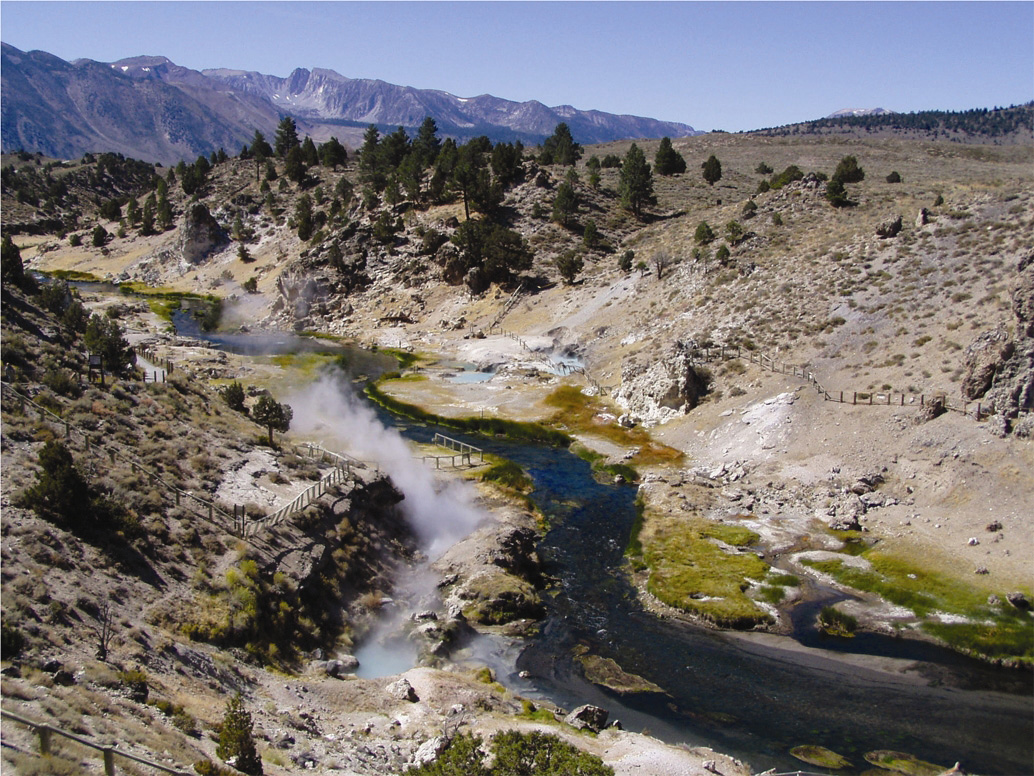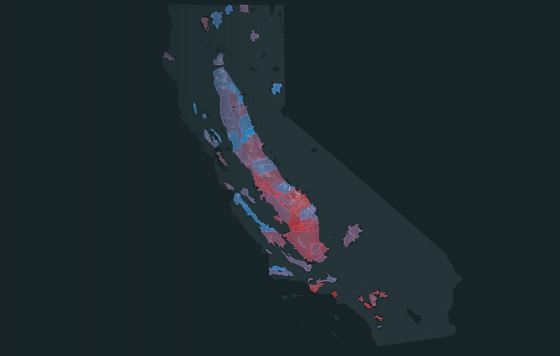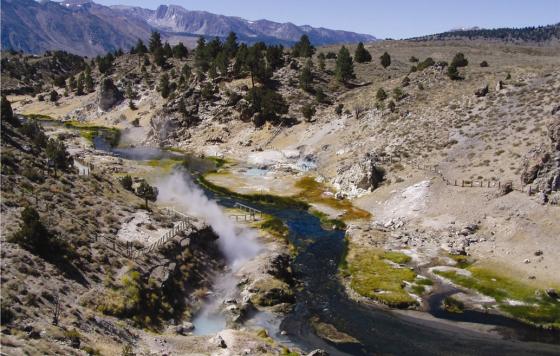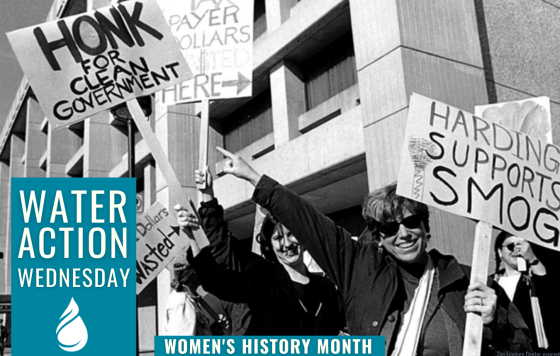
Happy Groundwater Awareness Week! It’s time to celebrate our great hidden resource!
Groundwater is a huge part of our state’s climate adaptation plan, as hotter and more extreme weather will make our surface water supplies less reliable. Over the past two decades, a period that experts now consider a mega-drought, groundwater users pumped record amounts of groundwater, resulting in thousands of dry wells and severe land subsidence in areas of the state, particularly the San Joaquin Valley.
Alarmed at the rate of groundwater extraction, Governor Brown and the state legislature finally enacted comprehensive groundwater regulation. This legislation, the Sustainable Groundwater Management Act (SGMA), passed in 2014.
SGMA requires local agencies to avoid “undesirable results” such as dry wells, seawater intrusion and land subsidence. While these are all hugely important, to me the most groundbreaking requirement is to avoid “depletions of interconnected surface water that have significant and unreasonable adverse impacts on beneficial uses of the surface water.”
Behind the wonky, bureaucratic language is a bombshell for California water management. This statute basically requires that surface and groundwater be considered as a single resource.
If you’re a normal person not steeped in California’s tortured history of water management, this may seem obvious. After all, it’s all water, so of course they should be considered together. Year-round streams are fed by groundwater; surface water temperatures are moderated by the introduction of cool groundwater; and wells drilled near streams reduce their flows. It’s all connected.
But in the water world, we have a lot of rules for surface water, but no rules for groundwater before SGMA. Let’s say you have 2 cannabis farms alongside a stream; one diverts water directly from the stream, which requires a permit. The second uses groundwater; while a permit is required to dig the well, until SGMA there was no limit on how much groundwater was pumped, even though that pumping impacted the same stream.
The state has always had the authority to regulate groundwater to protect surface water flows under the Public Trust Doctrine, but has exercised that authority on a very limited basis, often in response to court cases (Mono Lake decision; Scott River decision)
By making this the measurement and evaluation of surface-groundwater interaction a requirement of SGMA, the legislature now requires local agencies to figure this out rather than leaving it to state regulators. And it won’t be easy.
I’m really looking forward to this. Happy Groundwater Awareness week!





